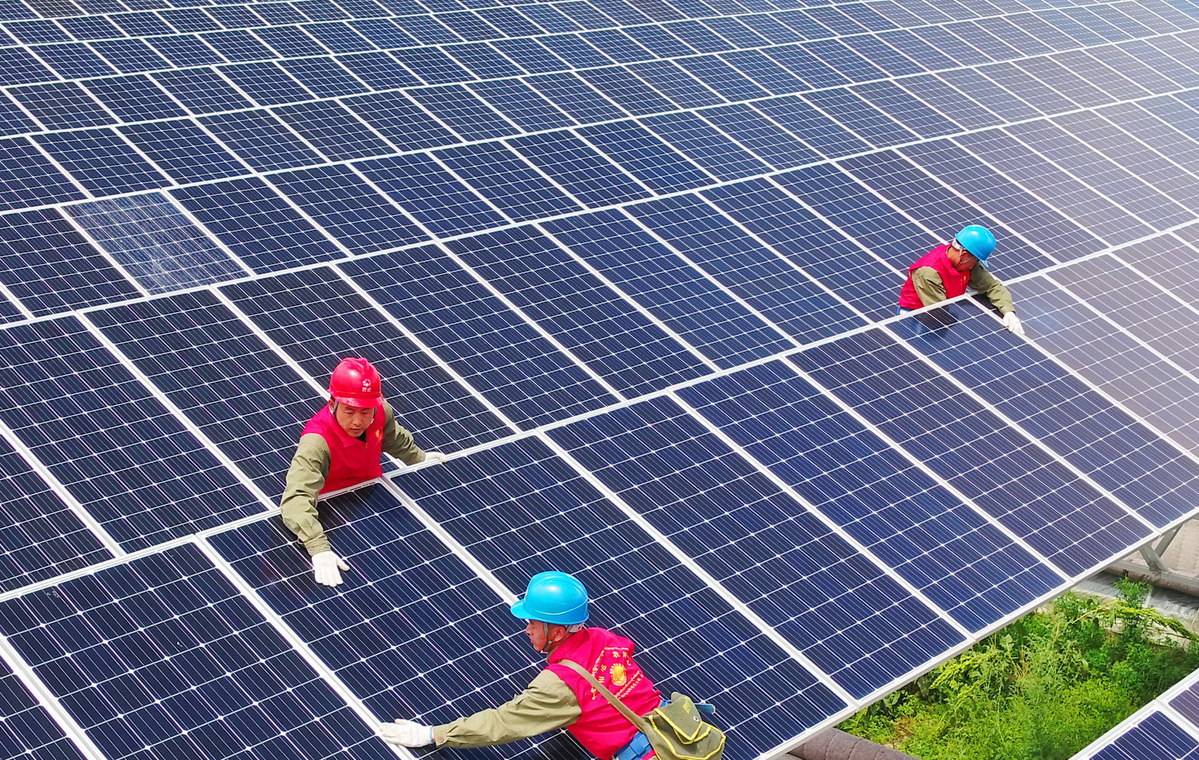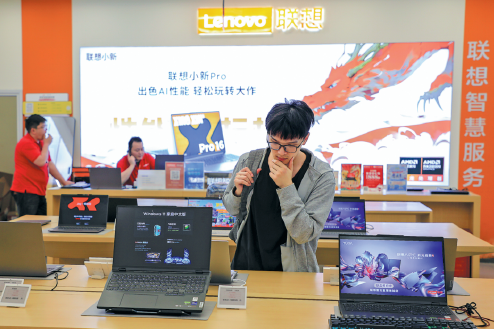Details of carbon emission trading system unveiled


Market-based pricing is key
"Market-based pricing is the core of carbon trading, which can help to restrict companies' carbon emissions and encourage more market entities to reduce their emissions," said Liu Guiping, vice-governor of the People's Bank of China.
"Meanwhile, finance can give full play to its strengths, such as risk management, to advance research on low-carbon technologies," he said in remarks earlier this month at the Lujiazui Forum, a major annual financial industry gathering in Shanghai.
National carbon emission trading is scheduled to start at the end of this month, and, while the exact date has yet to be confirmed, a staff member from the Shanghai Environment and Energy Exchange said that "related work has been proceeding in an orderly manner".
Carbon-neutral related A-share stocks got a boost from the release of further details of the national carbon emission trading system, with the sector rising 0.82 percent in Wednesday's trading, according to market tracker Hithink RoyalFlush Information Network.
ChiNext-listed green manufacturing solutions provider HNAC Technology saw its price increase to the daily limit of 20 percent, while other related companies saw their prices surge by as much as 3 percent on Wednesday.
The nation's carbon market is expected to have a total value of 600 billion yuan ($93 billion) on the official launch of the trading mechanism, according to an estimate by Sinolink Securities, and this will further drive the development of forest-based carbon sinks, biogas power generation and energy conservation.
Wang Zhongmin, former vice-chairman of the National Council for Social Security Fund, said that China's carbon trading market value would top hundreds of trillions of yuan if the country aims to realize its goal of carbon neutrality by 2060.
The interim rules for carbon emission trading were released on Jan 5, and more than 30 companies participated in the weeklong carbon emission trading trials that took place in late May.
In addition, a dual-city mechanism has been adopted for the carbon trading system.
While the Shanghai Environment and Energy Exchange will be responsible for building the trading system, the China Hubei Emission Exchange in Wuhan, Hubei province, will deal with applications and collect data.
Xu Lin, chairman of the China-US Green Fund, pointed out that the trading system will be an important aspect in advancing the country's green transformation and its efforts to achieve carbon neutrality.




































